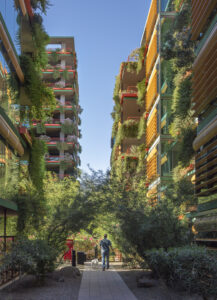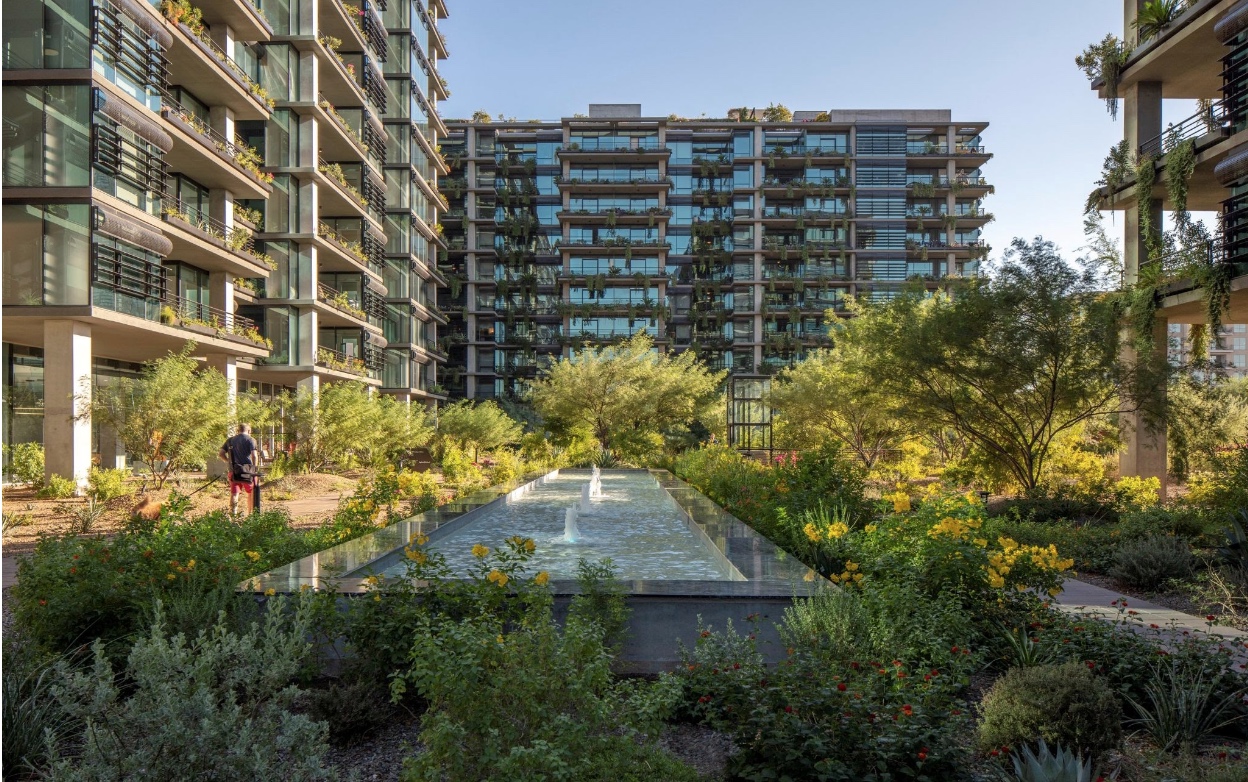Whether you’re new to a city or a long-time resident, walking is the simplest way to immerse yourself into a neighborhood’s culture and discover unique experiences. Walkable communities offer many benefits for residents, including increased options for activities, the creation of stronger collectives, healthier citizens, and reduced pollution from motor vehicles.
The History of Walkable Communities
In the 1950s, dramatic, rapid urban expansion became a reality. Families fled the density of the cities to larger homes further from city centers, and in general, these suburban areas were dependent upon automobiles to access the goods and services required for everyday living. After some time, families who relocated to the suburbs began to desire the walkability that cities provided.
Over the next several decades, American communities continued to struggle with the need to grow and the need for human scale. Out of this tension emerged the New Urbanism movement in the 1980s. The principles of the movement included creating stronger community relationships and cultivating ecological practices through neighborhood design and transit-oriented developments. Front and center was the need for residents to be able to address their everyday needs within a 10-minute walk from home or work.
Today, in both suburbs and cities, urban planners and residents alike continue to demand more walkable communities. More than ever, people are craving the opportunity to live in areas where coffee shops, parks and gyms are all accessible by taking a stroll. Seeking and developing walkable communities isn’t a trend that will fade with time; it is now — perhaps finally — baked into proven approaches to urban planning and building design.

Optima’s Communities
At Optima, we’ve been attentive to situating our buildings in locations that offer easy access to the rich resources of the communities they exist in. Built within steps of Kierland Commons and Scottsdale Quarter, Optima Kierland in Scottsdale offers residents the opportunity to walk across the street to restaurants, shopping, and entertainment venues. Because of the walkability, people interact with one another more often, leading to greater levels of social harmony. This kind of communal cohesion creates more vibrant living environments for all ages.
Optima Signature in Chicago is located just off the city’s “Magnificent Mile” on Michigan Avenue, with walking access to an abundance of green space, retail, dining and entertainment. Easy access to these venues inspires creativity and entrepreneurship as neighbors come together to attract local artisans and businesses of all types, and encourage events that support shared interests in wellness, culture, food and the like.
The seamless relationship between the built environment and nature is part of our DNA at Optima, so it’s not an accident that we have been believers in the importance of walkability for the 40 years we’ve been in business. We continue to pride ourselves on creating communities that are best seen “on foot” — championing accessibility and convenience to ensure that our residents enjoy where they live, work, shop and play.

